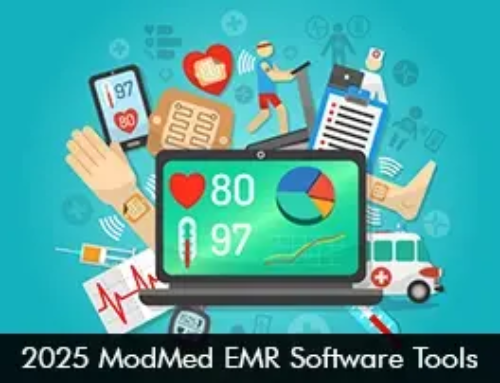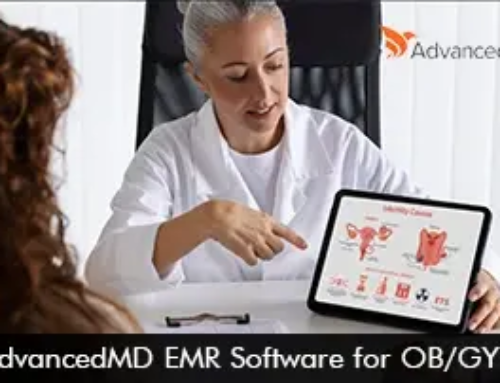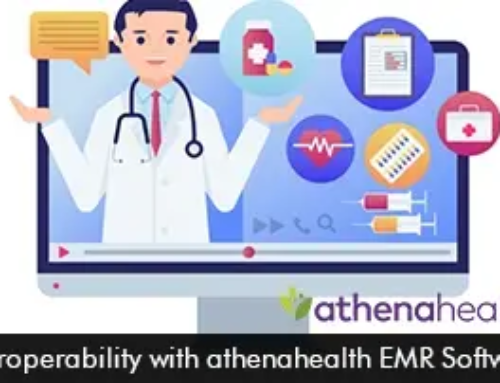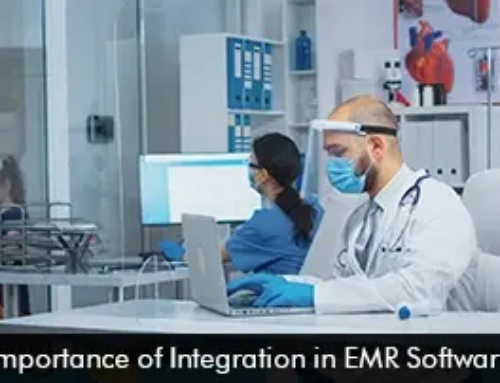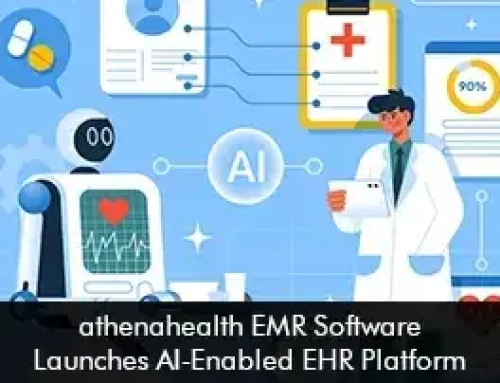Population health considers the health of entire populations and focuses on improving health outcomes at large. The robust technology of Electronic Medical Records (EMR) Software systems has great potential to enhance public and population health outcomes, pivotal in effective population health management.
The Role of Meaningful Use EHR Software in Population Health
To reap the complete benefits of electronic health records systems and improve public health providers need to tap an EMR software that is Stage 1 Meaningful Use. Achieving meaningful use requires clinicians to submit electronic syndromic surveillance data to public health agencies.
Meaningful Use Electronic Medical Records Software is essential for promoting population health since it makes data-driven, comprehensive healthcare practices possible. These systems facilitate the larger-scale gathering, organizing, and analysis of patient data, allowing medical providers to spot patterns, evaluate population health indicators, and carry out focused interventions for various disease outbreaks.
How can EMR Software help with Population Health Management?
Effective management of patient populations can be supported by the functionalities of the Electronic Health Records (EHR) Software. By deploying EMR systems healthcare providers can be empowered to analyze, manage, and maintain patient data for the patient populations.
Data Aggregation and Integration
Lab findings, test results, patient records, and other health-related data can all be combined and integrated by EHR Software. Healthcare professionals can obtain a thorough understanding of the status of the population and research to obtain valuable insights that can later support to help communities stay healthier.
Risk Stratification
Risk stratification features in the EMR Software enable providers to pinpoint high-risk patients and hence offer targeted treatment and therapies. When interventions are based on the specific needs of patient groups this results in the effective allocation of resources reducing waste.
Care Coordination
Interoperability options in the EHR system support care coordination between providers and public health administrators by providing an environment that seamlessly exchanges data. To manage the health of populations care coordination is important since it enables care teams to have all relevant patient data at their fingertips providing a holistic view of patient information.
Analytics Tools in EMR Software for Population Health Management
The analytics features in Electronic Medical Records (EMR) software are essential for enabling healthcare professionals to derive actionable insights from massive data sets. These technologies analyze and interpret clinical and administrative data using sophisticated algorithms and data visualization approaches to assist find trends, patterns, and possible areas where a population’s health could be improved. These analytics enable healthcare providers to stratify patient risk, evaluate the effectiveness of therapies, and track health outcomes.
Final Thoughts
EHR Software empowers physicians to close care gaps and comprehend improvement opportunities in public health. EMR systems help to design educated plans that improve overall community health and reduce health inequities.



